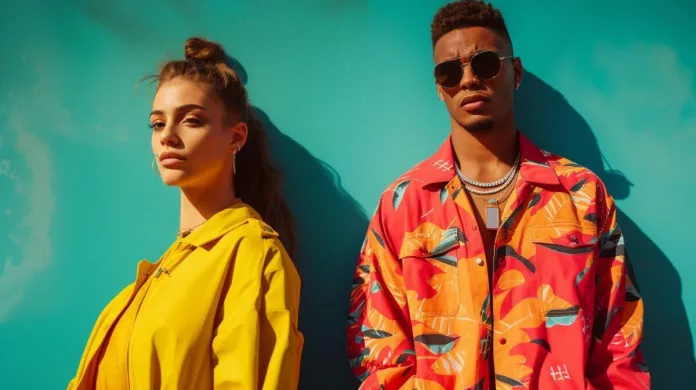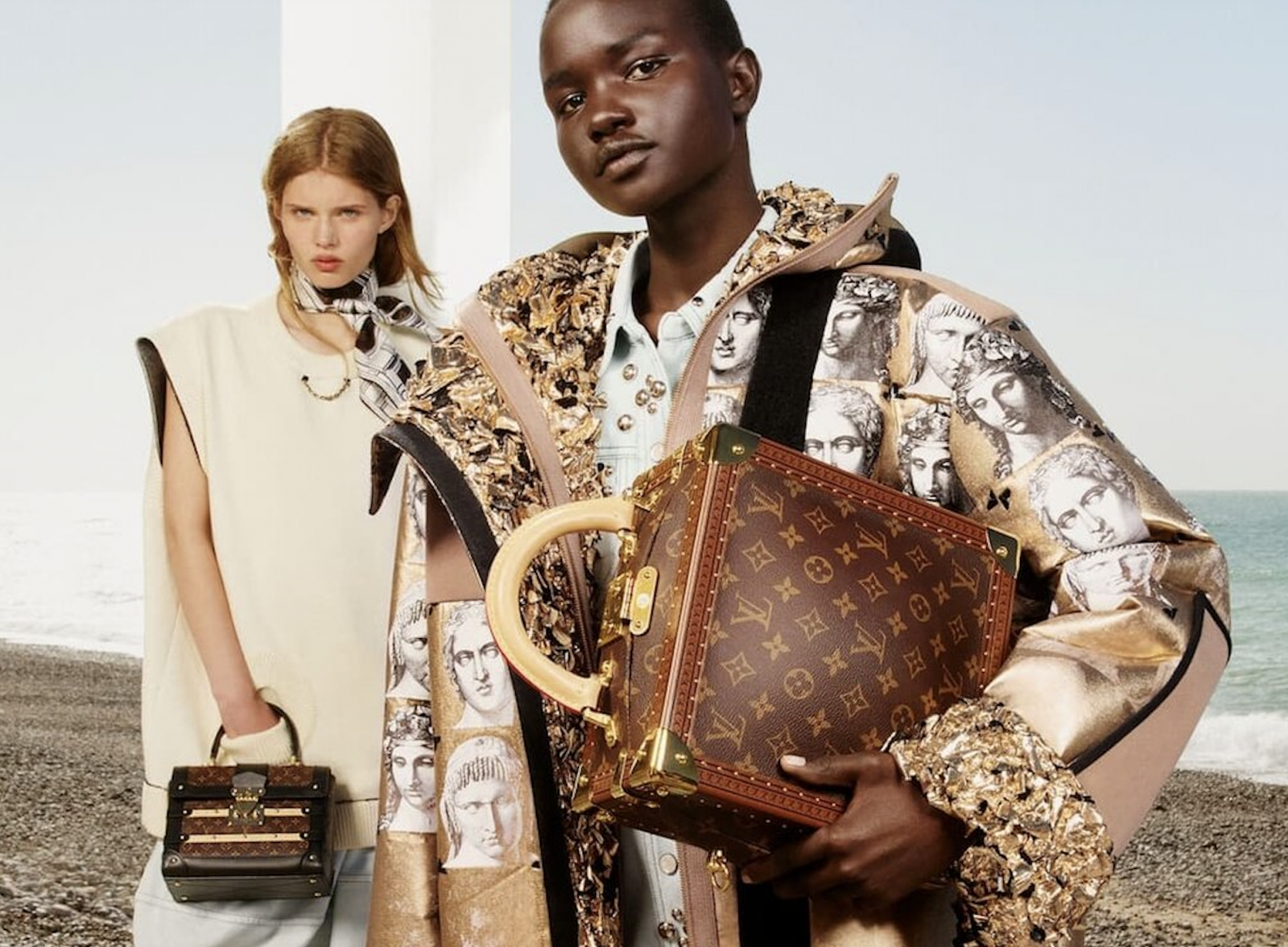In recent years, fashion runways around the world have been taken over by an unmistakable trend—oversized fashion. From billowing jackets and slouchy trousers to exaggerated shoulders and oversized shirts, this bold aesthetic is more than just a passing phase. It’s a powerful statement that challenges traditional norms of beauty, silhouette, and self-expression. So, why is oversized fashion dominating the runway? The answer lies at the intersection of comfort, cultural shifts, and a deeper conversation about identity and societal roles.
1. The Rise of Comfort and Functionality
One of the biggest reasons oversized fashion is taking center stage is the shift in consumer demand toward comfort and functionality. The COVID-19 pandemic reshaped how people dressed, leading to the widespread acceptance of loungewear, athleisure, and relaxed silhouettes. Designers responded to this shift by integrating these comfort-first values into high fashion. Oversized garments offer more freedom of movement, less restriction, and a sense of ease that resonates with the post-pandemic wardrobe.
Unlike the restrictive styles of previous decades—think corsets, bodycon dresses, and tailored fits—oversized clothing encourages a more relaxed and inclusive approach to dressing. It’s no longer about showcasing a certain body type. Instead, it’s about feeling confident, cozy, and unapologetically yourself.
2. Fashion as a Tool for Rebellion and Expression
Oversized fashion also carries a rebellious spirit. Throughout history, clothing has been used to challenge social norms, and today’s oversized trend is no different. By rejecting the traditional, body-hugging standards of beauty, oversized fashion pushes back against the pressure to conform to a singular ideal of how one should look.
Designers like Balenciaga, Vetements, and JW Anderson have consistently used exaggerated proportions to make bold visual statements. On the runway, these oversized pieces convey strength, drama, and artistic innovation. They’re not just clothes; they’re cultural commentary.
Gender fluidity has also played a role in this shift. Oversized clothing tends to be more unisex, challenging binary norms and allowing for a more inclusive interpretation of style. It blurs the lines between traditionally masculine and feminine silhouettes, empowering individuals to dress without constraint or label.
3. A Nod to Nostalgia
Fashion is cyclical, and the resurgence of oversized fashion pays homage to previous decades—particularly the ‘80s and ‘90s—where big silhouettes were a dominant theme. Think shoulder pads, baggy jeans, oversized flannel shirts, and roomy blazers. Today’s designers are reinterpreting these nostalgic elements with modern twists, blending retro charm with contemporary elegance.
This throwback appeal resonates especially with Gen Z and Millennials, who are drawn to vintage aesthetics and thrift culture. Oversized clothing found in second-hand stores often carries a unique character that fast fashion can’t replicate. It’s sustainable, personal, and steeped in storytelling.
4. Celebrity Influence and Street Style Culture
Celebrity influence cannot be overlooked when analyzing why oversized fashion is dominating the runway. Icons like Rihanna, Billie Eilish, Kanye West, and Hailey Bieber have become poster children for oversized chic. Their ability to turn a baggy hoodie or oversized suit into a fashion statement has elevated this trend from subculture to mainstream.
Street style, too, plays a crucial role in setting global fashion agendas. Influencers, stylists, and fashion enthusiasts flood Instagram, TikTok, and Pinterest with oversized outfit inspiration, demonstrating how this trend can be both accessible and aspirational. The more oversized fashion is embraced by pop culture, the more it finds its way into the collections of major fashion houses.
5. Body Positivity and Size Inclusivity
The dominance of oversized fashion is also intrinsically tied to the growing movement of body positivity and size inclusivity. As the fashion industry slowly moves away from narrow beauty standards, oversized garments are helping pave the way for more inclusive representation.
Unlike traditionally tailored pieces that emphasize and shape the body, oversized fashion de-emphasizes specific body parts and celebrates the body as it is—without the need for alteration or enhancement. This makes fashion more welcoming and empowering for people of all shapes and sizes.
Moreover, the rise in plus-size fashion and the demand for extended sizing has highlighted the need for styles that are versatile, comfortable, and stylish for all bodies. Oversized fashion naturally supports this narrative by offering designs that aren’t confined to a single size or shape.
6. Designer Creativity and Artistry
From a design perspective, oversized fashion allows for experimentation in proportion, structure, and layering. Designers can play with volume, texture, and form in ways that traditional fits simply don’t allow. The runway becomes a canvas for exaggerated sleeves, extended hems, and deconstructed tailoring.
These larger-than-life pieces can make a dramatic visual impact, instantly capturing the audience’s attention and pushing creative boundaries. Brands like Loewe, Rick Owens, and Maison Margiela are known for pushing the envelope with oversized silhouettes, transforming garments into moving art pieces.
7. A Shift in Fashion Psychology
On a deeper level, oversized fashion also reflects a psychological shift. In a world that often feels chaotic and overwhelming, wearing larger clothing can feel like a protective layer—an armor of sorts. It creates a barrier between the individual and the outside world, allowing for a sense of security and control.
For some, wearing oversized clothing can even be a way to reclaim space—both literally and metaphorically. It’s a way of saying, “I am here, and I’m not shrinking to fit into your expectations.” This subtle yet powerful messaging adds emotional depth to the aesthetic appeal.
Conclusion
Oversized fashion isn’t just a fleeting trend—it’s a cultural shift that speaks volumes about where we are as a society. From comfort and inclusivity to creativity and rebellion, this movement captures the evolving narrative of modern fashion. As more designers continue to embrace exaggerated silhouettes, and as consumers seek style that aligns with their values and lifestyle, it’s clear that oversized fashion is here to stay.
Whether it’s a boxy blazer, an oversized hoodie, or wide-legged pants, these garments are changing the way we view fashion—and ourselves. So next time you see a piece that feels “too big,” remember: in the world of fashion today, bigger is better.



